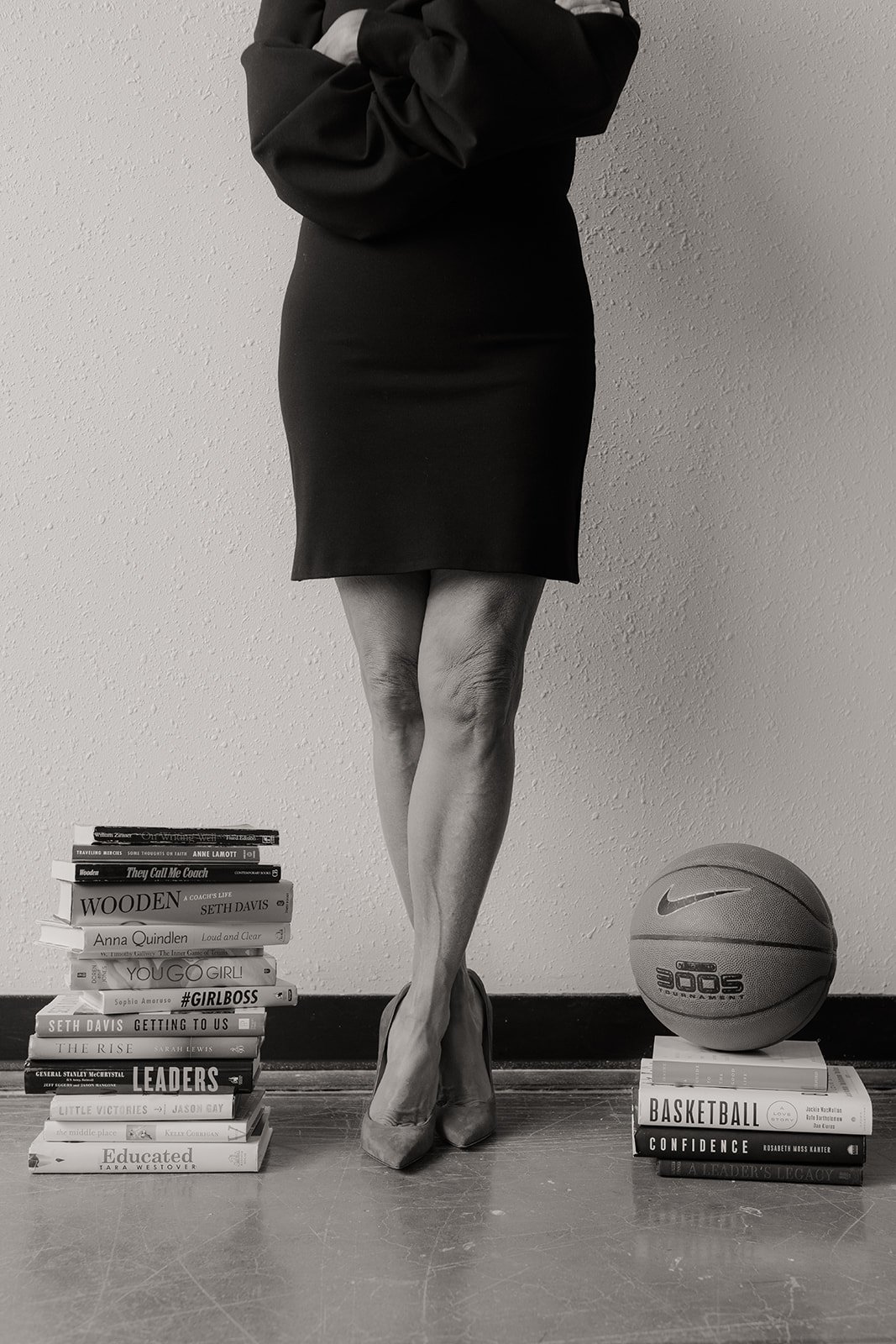A Weigh Of Life.



A Weigh of Life
By Sherri Coale
To see historical blogs, please reach out to sherri@sherricoale.com and request the password for the Blog Archive!
